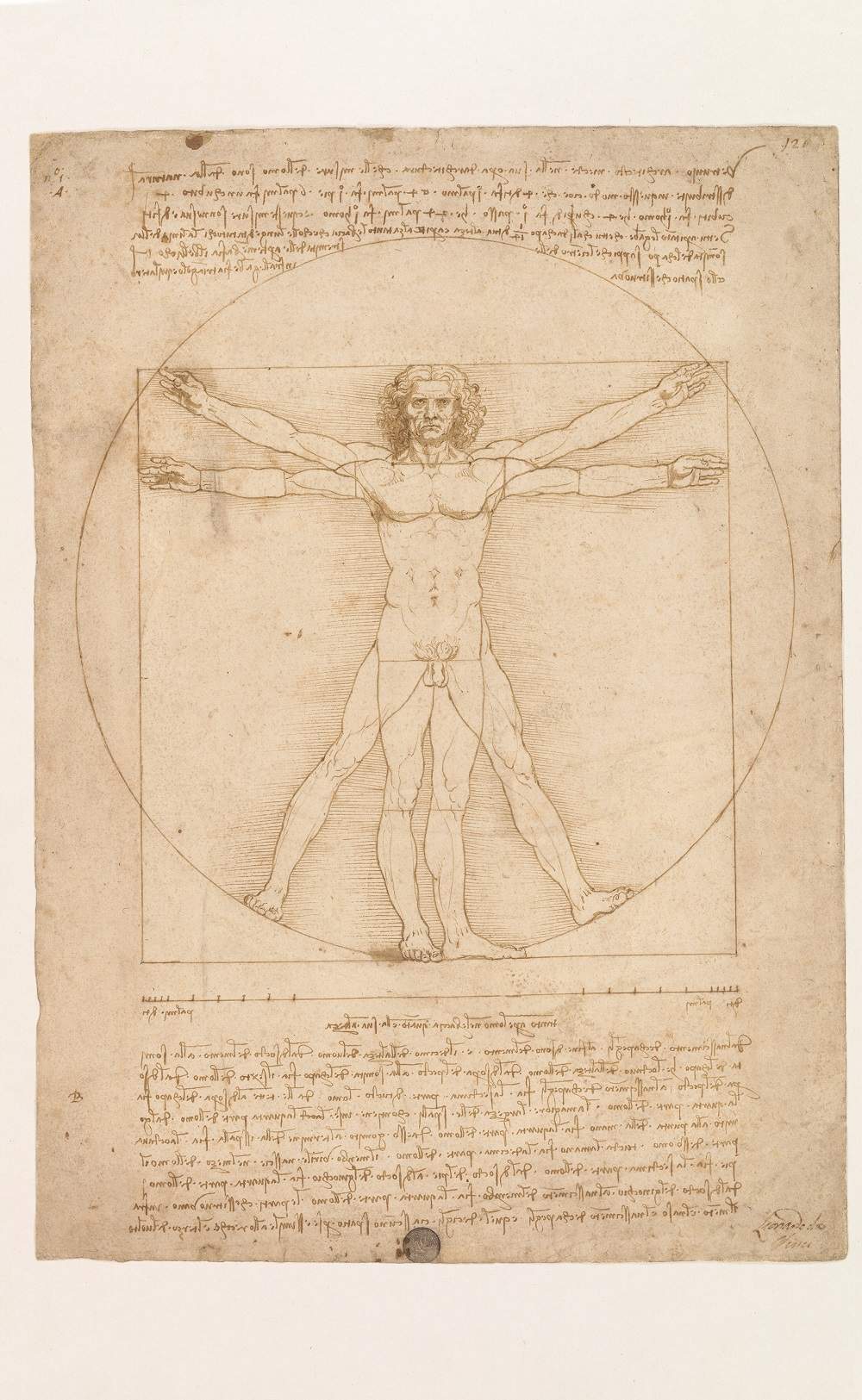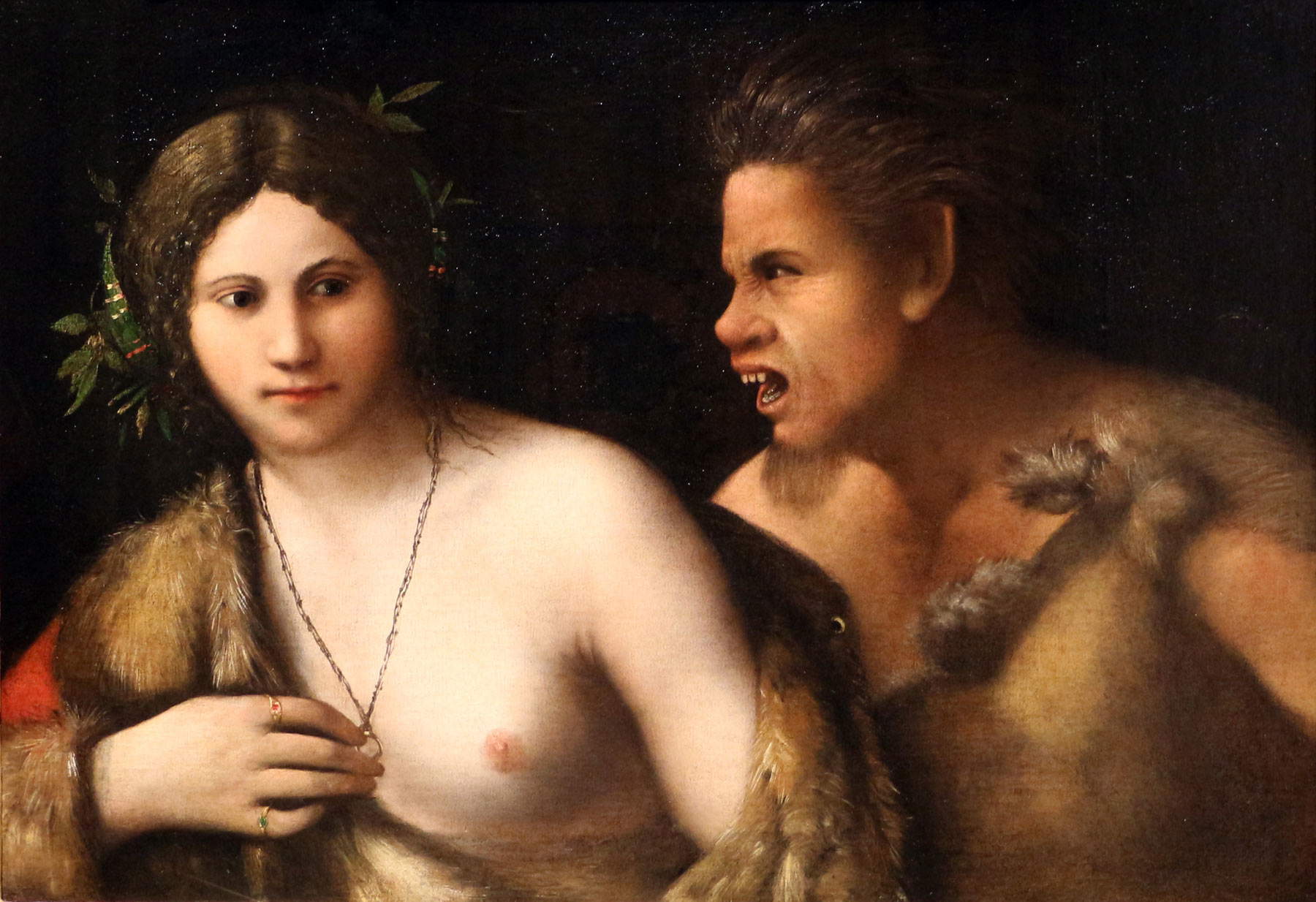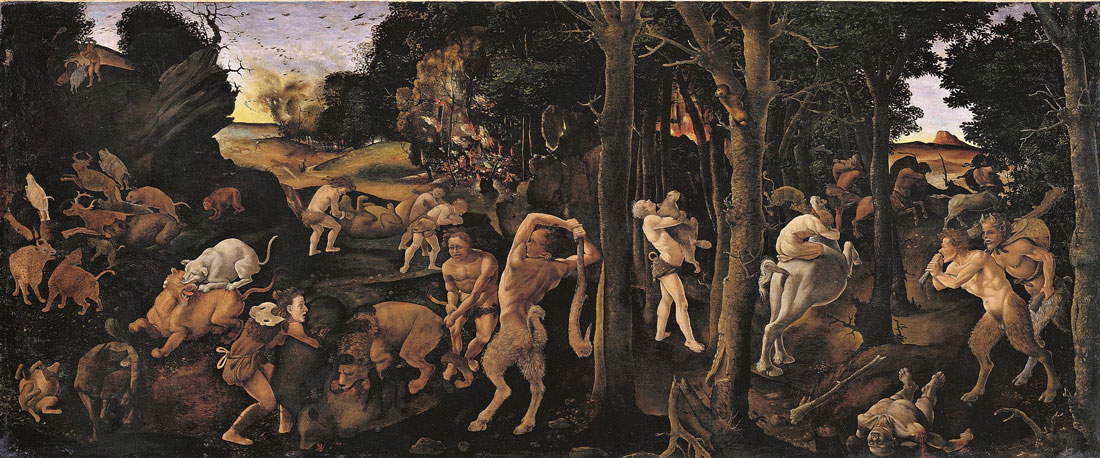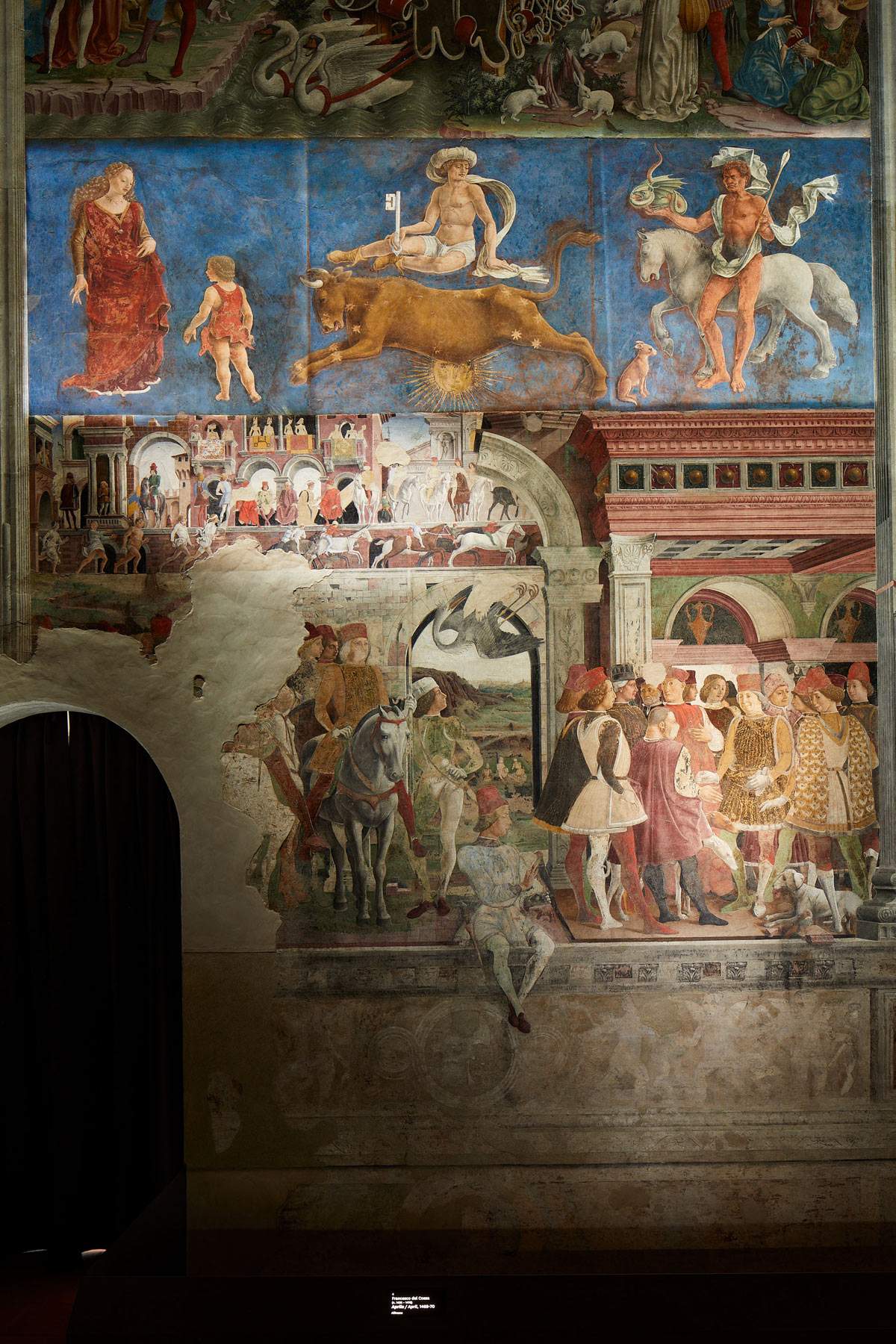It will be a Venice Biennale “against the Renaissance,” anticipates Chiara Valerio, who will sign one of the essays in the catalog of the international exhibition curated by Cecilia Alemani. That is, it will try to propose to the visitor a “reversal of perspective” (whatever that means) on the Renaissance, “a mythical epoch whose myth is used and reattributed (often in vain) to project on someone or something an artistic and cultural supremacy of Italy”: so informs us the writer, translator, mathematician, editorial editor, radio host. It is possible to attempt a paraphrase by summarizing what Alemani unveiled at the press conference: the curator of the international exhibition let it be known that the fifty-ninth edition of the Art Biennale will celebrate the domain of the hybrid and the fantastic, reflect on the relationship between the body and technology, and will see the participation of artists who “declare the end of anthropocentrism” to open to a new communion among all life forms inhabiting the planet, in a relationship of harmony and symbiosis.
Impossible to know more specifically, from a presentation that lasted an hour, how the exhibition will be articulated, how it will try to hold on to its theoretical scaffolding, and above all, how it will succeed in “turning perspectives upside down.” Of course, to say that the next Venice Biennale will be “against the Renaissance” is a provocation, probably launched with the purpose of rousing the sleepy contemporary art environment from its perennial torpor for a moment. It is therefore a purpose not to be taken seriously: no one will question the Renaissance (assuming one can question an entire era). Of course, the anti-Renaissance boutade nonetheless highlights the short-circuit (to use a term dear to curators) triggered by that same spirit of revolt that stirs the appetites of the curator and those who will collaborate in the next Biennale, and that makes Alemani and Valerio fall victim to that same mythography to which they intend to oppose their barriers (an interesting intent, moreover): it is true that the legend of an alleged golden age between the fifteenth and sixteenth centuries permeates rhetoric (political, economic, often even cultural), continuing to feed distorted, or at least outdated, visions of an era too complex to be reduced to trivializing schematics, but if the intent, going outside the pattern of easy instigation, is to deconstruct the fable and then in fact get caught up in the same, identical stereotypes that support it, the risk is not averted. If anything, the result is a polarized view in the opposite direction, but based on the same myths. Only the use to which they are subjected changes: raised to a paradigm to assert a supposed supremacy on the one hand, considered a model to be overcome on the other.
The Venice Biennale will begin in April and it is necessary to wait to see the exhibition. This is true: but there are programmatic statements that, although they do not allow one to get even a partial idea of the coming Biennale, nevertheless provide some hints for discussing the idea of Renaissance that dwells in the soul of those who wanted to devise a Biennale of the “milk of dreams,” and to present it to the insiders wanted to provoke by cloaking it in spiteful anti-Renaissance rhetoric. It will then be necessary to read the essays (not yet available at the moment) to be confronted with a complete picture, which certainly cannot emerge from a press conference presentation and a blurb published in a generalist newspaper. And in the limited space of a newspaper article, however, it is possible to open up further insights into the extent to which certain beliefs can be demythologized.
Myth number one: the Renaissance as an age of rationality and human dominance, to be contrasted with the fantastic, the hybrid, and permeability. In the words of Cecilia Alemani: “many contemporary artists are imagining a post-human condition by questioning the universal and purely Western figure of the human being and in particular of the white Western subject as the measure of all things and as the measure of the world, an Enlightenment and Renaissance model to which they counterpose different alliances, fantastic bodies and permeable beings.” The hybrid and the fantastic actually permeate Renaissance culture. Marsilio Ficino’s success was due, wrote Eugenio Garin in the seminal L’uomo del Rinascimento, to the “investigation of little-visited lands (the world of fantasy),” to the “fascination of the occult and the seduction of magic,” to the “suggestive interweaving of poetry and philosophy in the encounter between Lucretius and Plotinus.” In Piero di Cosimo’s cycle of Human Prehistory, the relative finds himself immersed in a world populated by hybrid creatures and primitive humanity, where there is no degree of separation between humans and animals, and the Florentine painter’s images are the product of a mind that is not only capable of working out a kind of evolutionary theory ahead letter, but which is well aware of the dangers of a humanity that turns away from nature (for Piero di Cosimo, Panofsky wrote, “civilization meant a realm of beauty and happiness as long as man remained in close contact with Nature, but a nightmare of oppression, ugliness and misery as soon as man was estranged from it”). In the painters of the Ferrara school, the rationalizing painting of Piero della Francesca and hordes of monsters and fantastic creatures coexist in total harmony, in a world that finds its climax in the frescoes of Palazzo Schifanoia, where elements of Arab and Indian culture are grafted onto a singular mixture of astrological culture, pagan motifs, and Christian thought. There is no Renaissance Po Valley palace where a frescoed figuration does not give body and form to the pagan dreams of the courts. In the work of Ludovico Ariosto (and in perhaps his most immediate artistic counterpart, namely Dosso Dossi) reason neither dominates nor represses fantasy, but is, if anything, the mediating tool between the real and the unreal employed by intelligence.




Myth number two: the Renaissance as “an era of wholeness of the human being, as the male being in the circle and square” and “of anthropomorphism [sic] as we have imagined it until today-credit Vitruvian Man” (so Chiara Valerio).Vitruvian Man has nothing to do with anthropocentrism “as we have imagined it to date,” not least because there is no single form of anthropocentrism that flows unchanged from the fifteenth century to the present day (to better calibrate the provocation and thus make it more effective, even simply a less superficial reading of Rosi Braidotti’s The Posthuman, which, it is to be expected, will provide the philosophical framework for the next Biennale, would have sufficed). The ontological anthropocentrism of the humanists is not the ethical anthropocentrism that originated in the modern age: Renaissance anthropocentrism is a form of emancipation and not the idea that there is “only one Renaissance form” that creates “diversity, abuse, exclusion” (so Valerio). The cultural substratum on which Renaissance anthropocentrism (or, to be even more specific, the anthropocentrism of the humanists) germinates has definite connotations: Renaissance man realizes the limitations that enslave him to the natural world, and the human being himself is seen as an element of the natural world: Renaissance anthropocentrism is self-consciousness, it is a desire for freedom and autonomy. “Man,” wrote Nikolai Berdjaev in 1916, “had to go through the experience of estrangement from God. Humanism, in this sense, is a necessary experience of humanity. Man necessarily had to find his freedom in the natural world, and human life had to be secularized. Man, as a necessary part of the natural world, wanted freedom and autonomy and thus, in an arbitrary and subjective way, set himself as the ultimate goal of nature.” The echo of anthropocentrism thus understood resonates not only in Leonardo da Vinci (in his drawings and writings, and it will also be necessary to note how the great Tuscan artist, a lover of animals, is often identified as a pioneer of anti-specism) but also in the paintings of Piero di Cosimo mentioned above: for this is the cultural background common to all Renaissance artists. Man is indeed the “measure of all things,” but because it is with his consciousness that he observes the world around him, and it could not be otherwise since this is the condition he is given: already in the 6th century BC, after all, Xenophanes wrote that if horses were able to paint, the image of their god would be similar to that of a horse.
Myth number three: the Renaissance as an era of rigid and irreconcilable dualisms. In Alemani’s words: at the Biennale we will see “female artists, writers, dancers and cultural figures who adopt metamorphosis, lambiguity and the fragmentation of the body to counter the idea of the unitary Renaissance man, and in opposition celebrate the domain of the marvelous and the fantastic, overcoming the dualisms between mind and body, human and non-human, male and female that pervaded Renaissance thought in favor of a hybridism and a fluctuating individuality.” Some traces of a fantastic Renaissance were mentioned above, in a very limiting and trivializing way, moreover. The Renaissance is an epoch in which reality and fantasy do not live in opposition, just as it is an epoch in which there are no sharp separations between human and nonhuman. Leon Battista Alberti and, again, Leonardo da Vinci were well aware of the laws that govern nature, to which human beings are also subject. The recourse to the classics had, from this point of view, a twofold motivation well emphasized by Garin in The Culture of the Renaissance: they helped “to penetrate not only the real processes in which the force of the human mind was already enacted, but they also recall the conquest that of the reasons of things in their dynamic operation the ancients made. In the fifteenth century this correspondence of man and nature, of individual and cosmos, is constant: and it is constant under the double profile of history and science.” The discovery of nature proceeds in parallel with the awareness of one’s own freedom: there is no antithesis. Human being and nature find full correspondence: “man is the microcosm, the abbreviated world, the centralization in a point of what is diffused in the whole.” AndVitruvian Man should be read first and foremost in this sense. It is in the light of this correspondence, moreover, that it is also possible to observe the vast interest that Renaissance literati and artists cultivated in Ovid’s Metamorphoses (think of Giovanni Pontano’sEridanus, which is as far from a supposed opposition between human and nonhuman as it gets). The Albertian science of affect itself, which finds its highest expression in Leonardo da Vinci’s Last Supper, presupposes a close connection between the soul and the body.
Finally, it will be worth remembering that there is no single “Renaissance thought” (the Renaissance is also a time of cultural polemics, of philosophical disputes), and that the image of a triumphant and monolithic Renaissance has long since been unhinged by critics, among those who have focused on the fascination with the fantastic, for the occult, for the marvelous, for the hybrid, for the popular nurtured by a vast array of artists and men of letters (Eugenio Garin has been mentioned above, but Eugenio Battisti’s L’antirinascimento should also be recalled) and those who have pointed out the even tragic features of this era (Cacciari). To provoke perhaps better was needed.
Warning: the translation into English of the original Italian article was created using automatic tools. We undertake to review all articles, but we do not guarantee the total absence of inaccuracies in the translation due to the program. You can find the original by clicking on the ITA button. If you find any mistake,please contact us.